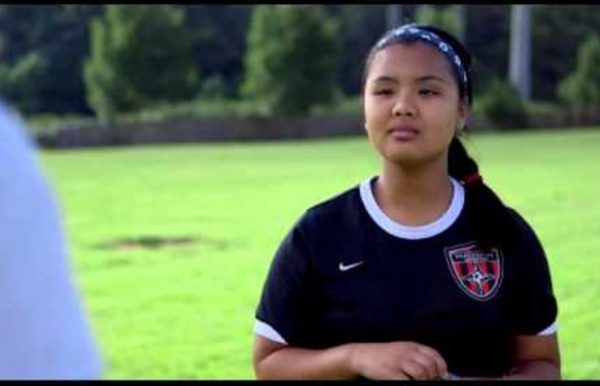



http://www.youtube.com/watch?v=xGk0UnGAHNU
Related: Influencing behaviour of teenagers with reinforcement and punishment • Ways to Manage Teenagers' Behaviour Effectively Through Reinforcement and Punishment6 Ways To Discipline Teens We can all agree that it is easier to to discipline little kids than it is to discipline teens, right? I think that I can hear a collective yes in the background. With little kids we can always turn to our favorite default go-to discipline method which are time-outs where we attempt to separate the child from the situation with the hope that they will calm down. I myself am not a tremendous fan of time-outs. I am aware that we all want our kids to use the time-outs for cooling down, chilling and reflecting but these days I am a bigger fan of time-ins where you offer your child time to talk to you calmly rather than tantruming. Try both of these methods and see which one works best for you and your children in different situations.
Negative Punishment Examples and Scenarios Nobody ever wants their stuff taken away. That is the main concept behind negative punishment. Using negative punishment example scenarios, gain an understanding of the concept and its effectiveness. The value of reinforcing positive behaviour for our teens As children approach adolescence, they sometimes begin testing limits, bending the rules and otherwise going against the grain. While this is normal behaviour for teens, it can be incredibly trying for you, as a parent. Teenagers may also be dealing with the stresses that come with trying to fit in with their peers and assert their growing independence. However, at the same time, they are looking for validation from the adults around them.
12 Examples of Positive Punishment & Negative Reinforcement You might be thinking that “positive punishment” sounds like an oxymoron, after all, how can punishment be positive? Not many people “like” punishment, right? The disconnect in understanding this concept comes from the usage of the word “positive;” here at PositivePsychology.com, we generally use the term “positive” to refer to things that are inherently good, things that are life-giving, and things that promote thriving and flourishing. The concept of positive punishment comes from a very different era and a very different perspective on psychology; namely, the 1930s and behaviorism. So, what actually is positive punishment and how does it relate to parenting, teaching, and even the workplace? Before you read on, we thought you might like to download our 3 Positive Psychology Exercises for free.
11 Common Problems Of Adolescence, And Their Solutions Adolescence is the age of change and a transition phase from childhood to adulthood. It is a vulnerable time when children might develop unhealthy habits that grow into problems in their adult life. Behavior issues of adolescence, which are quite common, also crop up during this time, making it impossible for parents to reach out to their teenagers. Read this post to know about the major problems of adolescence and how you can help your children avoid or come out of them. Eriksons Stages of Psychosocial Development - StatPearls - NCBI Bookshelf
The video shows how positive reinforcement is applied to teenagers. by dioriviemae Mar 27